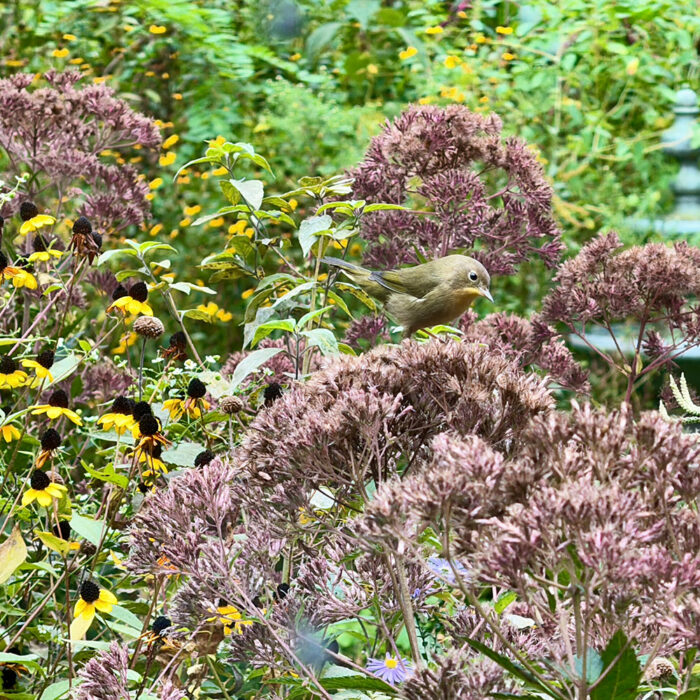
Hi GPODers!
Yesterday we explored the joys (and beauty) of producing food through Mark’s vegetable garden in Vermont (Mark’s Ornamental Vegetable Garden in Vermont). Today we’re discussing another vital reason to garden, to produce the food and shelter that is crucial for pollinator and wildlife survival. This eco-friendly inspiration comes from Michelle Detwiler, a Pennsylvania-based landscape designer and owner of Wild About Native Plants, who specializes in native plants and sustainable landscapes. Her gardens prove that you don’t need to give up on beauty to plant up something beneficial.
Welcome to my habitat gardens in Southeastern Pennsylvania, Zone 7b. I choose plants with both beauty and wildlife in mind and have converted my space to native plantings over the last decade. Perched at the edge of an oak and hickory remnant in the Northern piedmont ecoregion, my soils are well-drained, and I maintain a diversity of habitat types including open sunny areas, shady woodlands, and a small wildlife pond. Nature finds encouragement in my space, as I welcome naturally occurring native tree and shrub saplings as well as perennials often considered weeds in other spaces. I also embrace big bold natives that support flying creatures of all sorts, and I’m sure to carefully steward my landscape through the seasons so as to support wildlife nesting needs in addition to floral abundance. My property is also on the Pollinator Pathway and attempts to capture as much rain water as possible through rain gardens for the health of the watershed.
 Summer is a time of floral abundance. The gardens are tall and lush. Blooming here are white-flowered wood aster (Eurybia divaricata, Zones 3–8) and flowering spurge (Euphorbia corollata, Zones 4–8) in the foreground with pink-flowered coastal plain Joe Pye weed (Eutrochium dubium, Zones 3–9) and yellow brown-eyed Susan (Rudbeckia triloba, Zones 4–7). Great blue lobelia (Lobelia siphilitica, Zones 4–9) sends up dense racemes of tubular blue flowers at the edge of the patio which is my favorite outdoor sitting spot to watch the bees, butterflies, and birds.
Summer is a time of floral abundance. The gardens are tall and lush. Blooming here are white-flowered wood aster (Eurybia divaricata, Zones 3–8) and flowering spurge (Euphorbia corollata, Zones 4–8) in the foreground with pink-flowered coastal plain Joe Pye weed (Eutrochium dubium, Zones 3–9) and yellow brown-eyed Susan (Rudbeckia triloba, Zones 4–7). Great blue lobelia (Lobelia siphilitica, Zones 4–9) sends up dense racemes of tubular blue flowers at the edge of the patio which is my favorite outdoor sitting spot to watch the bees, butterflies, and birds.
 Another view of these patio-hugging gardens shows off the red of cardinal flower (Lobelia cardinalis, Zones 3–9), a re-seeder responsible for much hummingbird happiness. I dot my windows with a washable white glass marker to make them more visible to birds—a window strike prevention technique requiring dots to be 2-4 inches apart.
Another view of these patio-hugging gardens shows off the red of cardinal flower (Lobelia cardinalis, Zones 3–9), a re-seeder responsible for much hummingbird happiness. I dot my windows with a washable white glass marker to make them more visible to birds—a window strike prevention technique requiring dots to be 2-4 inches apart.
 I also grow native thistles from seed like these field thistle (Cirsium discolor, Zones 3–9). They are biennial and seed around to fill holes and create surprises every August. In some years, there are loads of these tall beauties around the wildlife pond like you see here.
I also grow native thistles from seed like these field thistle (Cirsium discolor, Zones 3–9). They are biennial and seed around to fill holes and create surprises every August. In some years, there are loads of these tall beauties around the wildlife pond like you see here.
 They support an incredible array of wildlife like this large black and gold bumblebee…
They support an incredible array of wildlife like this large black and gold bumblebee…







Thank you so much for sharing your wildlife wonderland and sustainable gardening expertise with us, Michelle! Your gardens truly look like the epitome of tending the earth for better results for all who inhabit, and it is an inspiration for anyone wanting to add more native plants to their space.
Have a garden you’d like to share?
Have photos to share? We’d love to see your garden, a particular collection of plants you love, or a wonderful garden you had the chance to visit!
To submit, send 5-10 photos to gpod@taunton.com along with some information about the plants in the pictures and where you took the photos. We’d love to hear where you are located, how long you’ve been gardening, successes you are proud of, failures you learned from, hopes for the future, favorite plants, or funny stories from your garden.
Have a mobile phone? Tag your photos on Facebook, Instagram or Twitter with #FineGardening!
Do you receive the GPOD by email yet? Sign up here.
Fine Gardening Recommended Products

Gardener's Log Book from NYBG
Fine Gardening receives a commission for items purchased through links on this site, including Amazon Associates and other affiliate advertising programs.
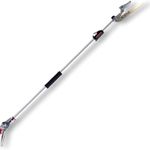
ARS Telescoping Long Reach Pruner
Fine Gardening receives a commission for items purchased through links on this site, including Amazon Associates and other affiliate advertising programs.
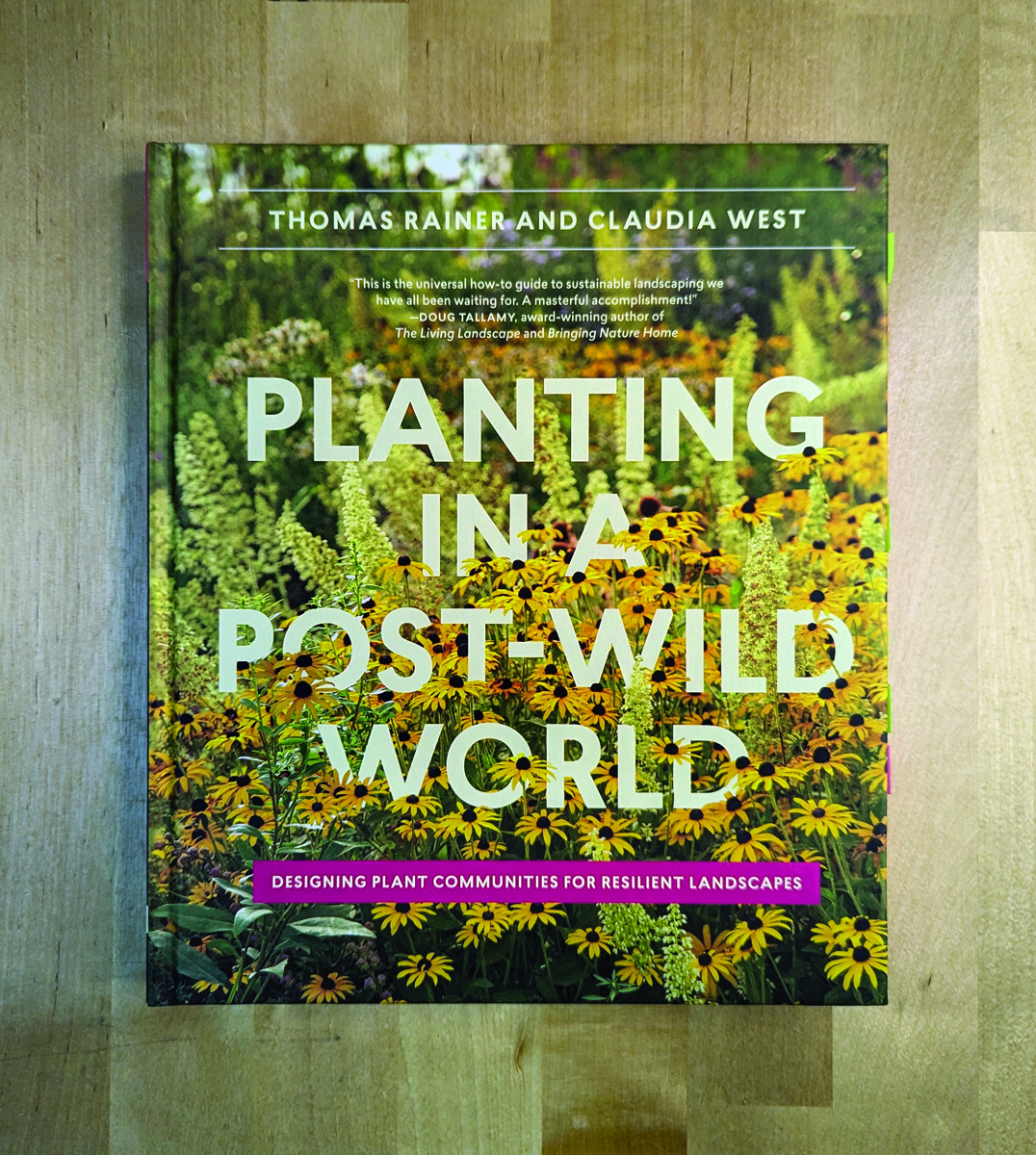
Planting in a Post-Wild World: Designing Plant Communities for Resilient Landscapes
Fine Gardening receives a commission for items purchased through links on this site, including Amazon Associates and other affiliate advertising programs.





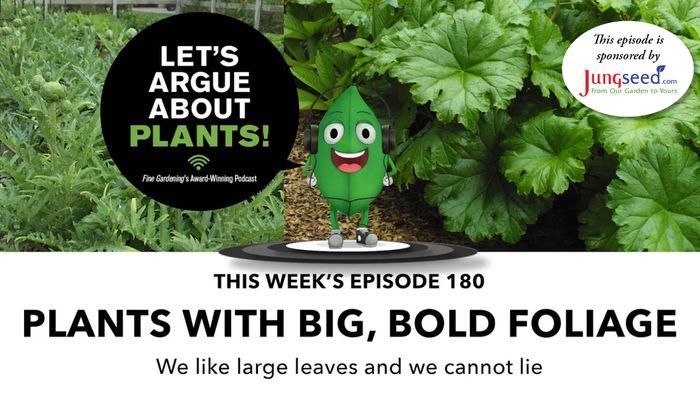
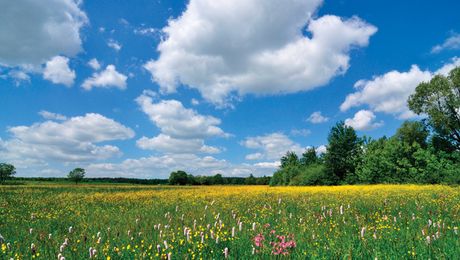
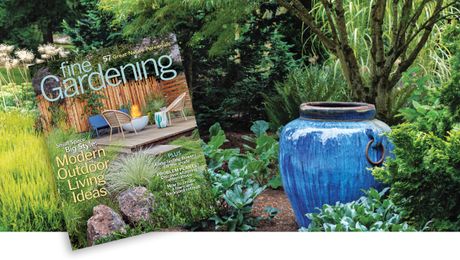
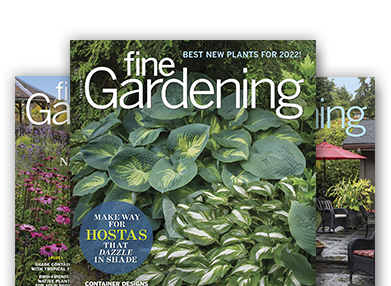

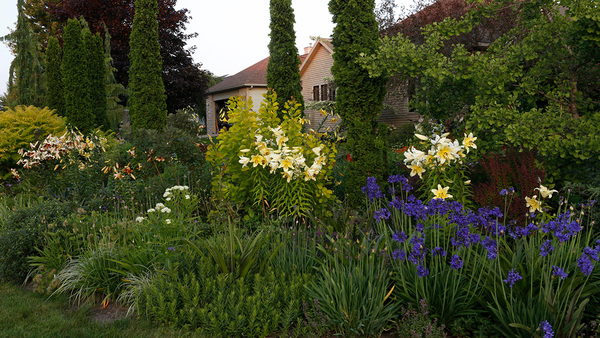



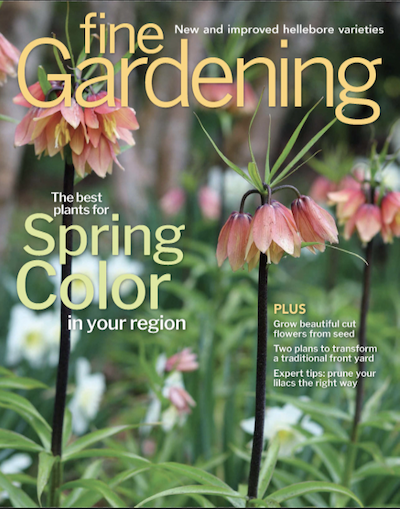



Comments
Nice job ! Obviously a haven has been created that benefits integral parts of our natural balance ---- a balance that in the last half-century is under attack from the lifestyles that some embrace . Keep up the great work . BTW , I also leave all of my deadheads intact for our friends in the wintertime . Peace from the Mohawk Valley in central NYS .
Great warbler pic!
What a thrilling display! SO happy to see a native garden with all its wildlife benefits features, so that people can see how beautiful these gardens can be. I love that you grow native thistle- it's one of my favorites to grow as well as a favorite of Giant Swallowtails and other butterflies and pollinators. Wish I had thought of planting my Virginia Rose in containers- oh well! Great work, thank you!
This is so inspiring! I hope Fine Gardening will travel to this beautiful garden throughout the next year to take more pictures and feature this garden in the magazine. I'm going to order seeds of native thistle as soon as I finish writing this!
This is a wonderful garden - like your home has been placed in the middle of a beautiful meadow! I love watching the goldfinches swaying back and forth while taking seeds from thistles and echinacheas - they get dinner AND a show!
That's my kind of garden! I'm inspired by your purple phacelia- never heard of them until you posted here.
I really love your garden!
Log in or create an account to post a comment.
Sign up Log in